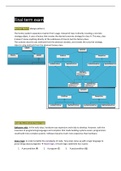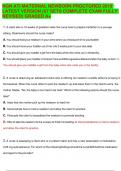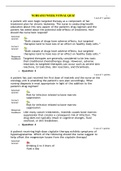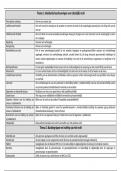Samenvatting
Summary System Design Methods (final-term) | UU informatiekunde
- Vak
- Instelling
This is a handy overview and summary of the final-term material for UU System Design Methods. I wrote it in a way that it is easy to understand, as this subject is quite hard and difficult to understand from the lectures only. Good luck with learning!
[Meer zien]







